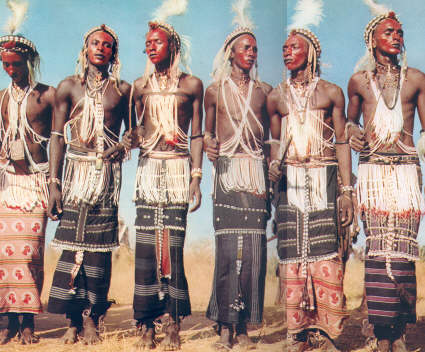Oceanicpuppy
Superstar
Agreed they never address it. Are they looking at Nigeria as a monolithic entity and not specific region? I mean Nigeria is one of the most diverse countries in Africa.
But in your opinion, do you think AA's have significant Sahelian ancestry? Or less? Sahelian as in I don't just mean Senegambia but also Northern Nigeria, Northern Ghana, Guinea, Niger and Burkina Faso.
Doubt it. Tuaregs are the oldest Berber group. But more importantly they carry signature Berber marker E-M81 in high frequency. They may have obtained some admixture from Fulani's, but that's about it. Meanwhile Fulani's carry E1b1a in high frequencies. Tuaregs near Niger-Congo speakers like the Tuaregs from Niger seem to have the most "Niger-Congo" admixture, while Tuaregs in Algeria, Libya and even Northern Mali mostly have Berber admixture.
They need to test a larger pool of AA's and west Africans. I know there are a lot of immigrants group in Northern Nigeria, Northern Ghana, Guinea, Niger and Burkina Faso so there is a lot of mixing.
Significant Sahelian ancestry in AA's? Yeah, why not.
The 23andme divides the Mali%, Cameroon%, Nigeria%, Ghana%, Northern African% Guinea%, Guinea-Bissau, Niger%, Senegal%, and Sierra Leone% all could possibly be Sahelian derived. Say you've had an ancestor with high Senegal% and Mali% from the Sahel and mating with another Sahelian ancestor with % Nigerian component for a different tribe along the Sahel.
I mean Horners do not even receive the expected high % of East African scores. You would think they would range in 75% < but they received around 35% to 65%. Makes you wonder what is East African?















